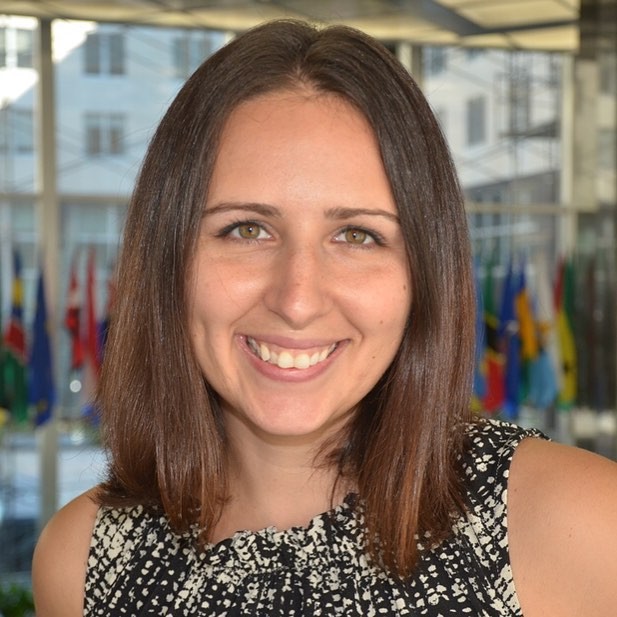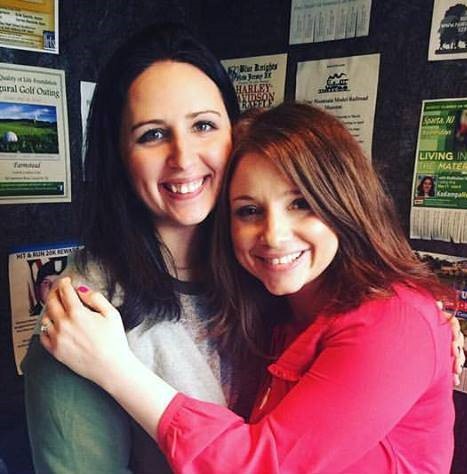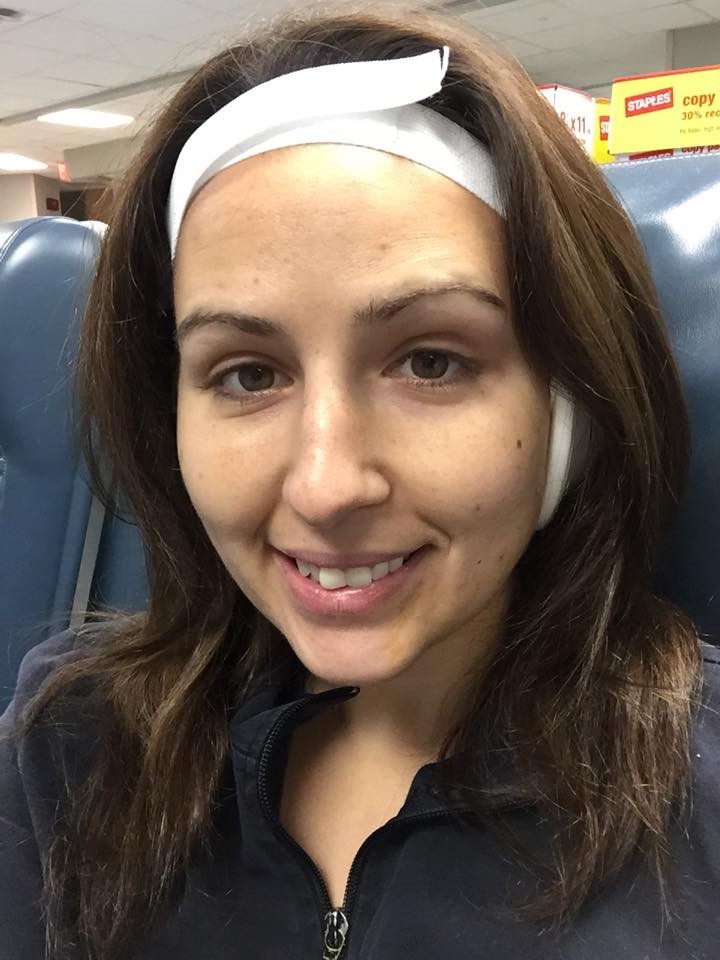Mandy R. dealt with high-frequency hearing loss her whole life. She was 21, on the brink of graduating from college, eager to start a career, but fearful of how she could do it all while struggling to hear. At the time, she searched for a solution but only qualified for the same behind-the-ear hearing aids, which never helped her. But everything changed for Mandy when the first HybridTM Hearing* solution came on the market. Read her full life-changing story below:

“‘If I had one wish, it would be for you to hear.’ This is what I heard from my previous audiologist on a somber day in 2004. This was 14 years from the time I learned I had progressive bilateral sensorineural hearing loss.
I hit my bottom at 21 years old when I was ready to do something about my hearing loss. Throughout my life, hearing aids had never helped me. I just got by with what I had, but my high-frequency hearing loss was getting worse. And on this day, there was nothing my audiologist could offer me besides the same old behind-the-ear hearing aids, which I hated and would trial for two weeks then send back.
I stood in the parking lot with my mother and cried. Why wasn’t there anyone else with a loss like mine? How had modern society not developed something that could assist me? What was my future going to be?
There I was at 21 years old, on the verge of graduating from college and starting a career, and all I could imagine was how long I could continue to ‘get by.’

My older sister, Pam, and I both had hearing loss, but growing up we dealt with it in our own way and didn’t really discuss it. Our parents tried to get us to wear hearing aids, but at our ages vanity came into play. Our parents weren’t going to force us to be uncomfortable when hearing aids were not beneficial to us anyway.
In 2012, Pam was now a mother of two growing children and finally hit her bottom. She was told that she was a prime candidate for a cochlear implant, something that we had heard about but were always told that we were not candidates.
Pam was successfully implanted, and I watched as she slowly progressed and dealt with the struggles and unknowns that come on the journey back to hearing. However, despite her struggles, she was hearing things that she had not heard in years from rooms away. I wanted that.
In 2013, I moved to Washington, D.C., to begin a good job with the federal government. I had been lucky the past nine years but knew if I wanted to continue to advance in my career, I really needed to do something about my hearing.
During this time, I learned Cochlear was on the verge of receiving U.S. Food & Drug Administration (FDA) approval for a new cochlear implant system that combined both acoustic and electrical sound, a seemingly perfect solution for someone with hearing like mine. FINALLY!

The Cochlear™ Hybrid Hearing solution was FDA approved in March 2014, and almost 10 years from that rough day of parking lot tears, I was implanted and received the new device.
I was able to retain most of my residual low-frequency hearing and because of this, my activation was not as emotional and dramatic as those you see on social media. I was still hearing naturally but now forced to reintroduce my brain to the sound I had been missing for more than 25 years.
My new and wonderful audiologist explained that my ear was starting from scratch, so I had a long way to go. Despite my slow start, I was definitely having tiny victories – the microwave beeping, the car blinker and the whistling of the wind.
At my two-year appointment this past November, my speech testing scores increased significantly with no visuals, which was a HUGE leap from two years ago, as well as from the parking lot tears that I still look back at with frustration.
I continue to have tiny victories, and I stop and smile with each and every one. One of the most surprising outcomes from my choice to receive the Hybrid device is that I’ve also become part of a large community of people who are just like me, those with hearing loss that have similar stories and backgrounds and continue to offer kindness and support on a daily basis. These relationships have become something that I value just as much as the fact that I am now hearing at levels that I only used to dream about.
By choosing to receive a cochlear implant, I have answered my questions from that somber day in 2004. There are people out there like me. Technology is advancing every day. And while we can’t really predict our futures, I know that after 25-plus years of struggling with hearing loss and feeling so alone in my world, my cochlear implant has given me a new outlook on life and has opened doors that may not have been there had I still just been trying to ‘getting by.’”